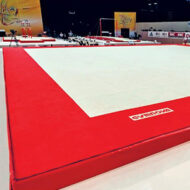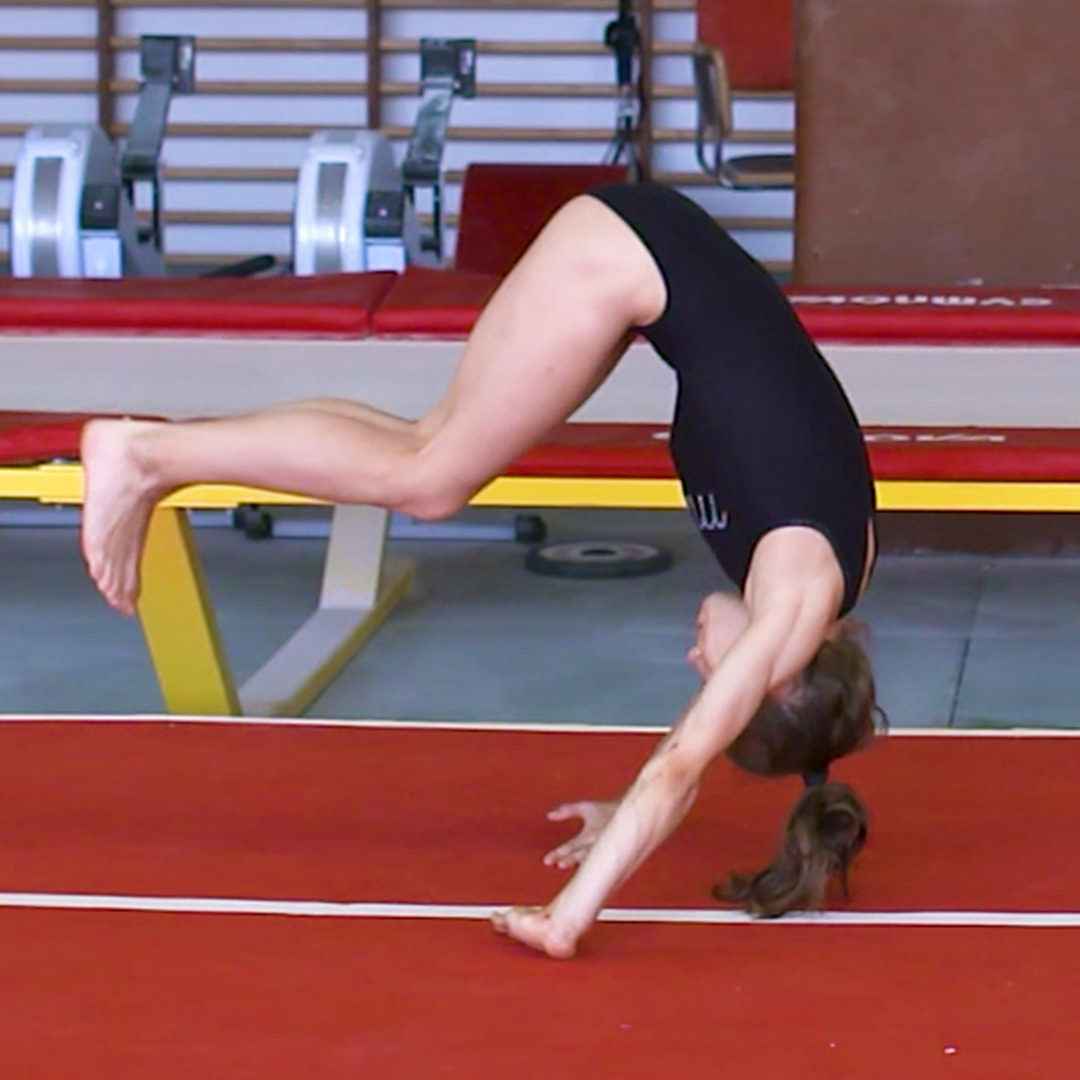Backward rolls with straight arms
How do you teach the different backward rolls with straight arms to beginners?



Angelo Ritorto
Backward rolls with straight arms
How do you teach the different backward rolls with straight arms to beginners?
description
In this training, we will be looking at two evolutions of the backward roll with bent arms: the backward roll with straight arms and bent legs, and the backward roll to handstand with straight arms to handstand.
The training on the backward roll with bent arms is of course a precursor to these two new elements in terms of both technique and teaching methods.
The work with straight arms brings a new dimension to these backward rolls. They help with learning a type of support that comes closer to the support required on uneven bars, particularly in backward giants.
This close relationship with the work on bars justifies the need to teach them to all gymnasts.
That is why in this training we will be looking at the technique of these backward rolls in minute detail. We will look at two new options for beginning the skill and how to act in order to get back up keeping the arms straight.
In the video on the skill progressions, we will spend a moment with the prerequisites, and we'll go through the different teaching stages to be able to teach these backward rolls to your gymnasts.
Enjoy the training!
Associated books
Let's Teach Artistic Gymnastics - Floor Skills - Volume 1
Learn how to teach:
• Shoulder stand • Forward and backward rolls • Handstand • Forward lunge • Bridges •
All the exercises needed to learn these technical elements, from their beginnings to the execution of complete skills
→ 219 exercises - 184 pages - Format 15 x 21 cm -
A note on the series of books, "Let's teach gymnastics":
• Our books are essential companions to the video training on the same topics that you find in the section "Gymnastics Education" here on GymneoTV.
• Their spiral binding and tabbed pages allow you to quickly find the skills you want to look at, and easily locate the drills and training stations.
• The summaries of technique and the large format illustrations made to scale make these books the ideal companions to your training sessions.
Our advice:
• For training session prep: thanks to the technique summary and icons at the top of each page, you can easily find the stations that match the current needs of your gymnasts. You can also anticipate the equipment needs for your upcoming session.
• During training: with the help of realistic images, you can save time by showing your gymnasts the drills to work on. They will also be able to help you set up the training stations and thanks to the illustrations, they'll more easily understand the task at hand.
• You will improve the constant exchange that you have with your athletes. In fact, when giving your instructions, the illustrations create common ground for discussions or reference points. They make it easy to understand and/or visualize technical placements, which makes it much easier to learn the element.













